7 Advanced Skills For Cyclists To Master
Pedalsure goes through the advanced bike riding skills every cyclist should master. Tricky techniques to help you become a better rider, racer and commuter.

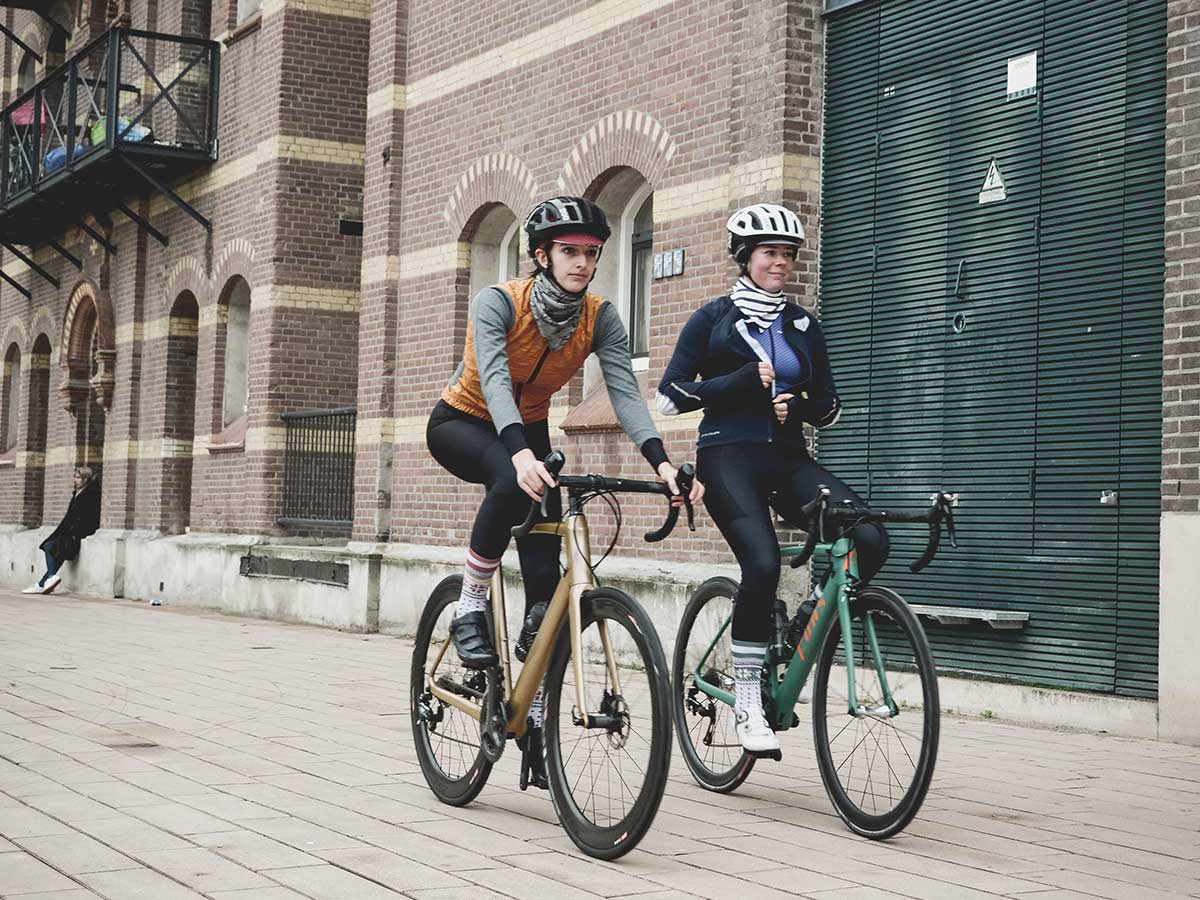
We’ve talked about the basics of bike riding before and now we are going to look at the more advanced techniques that will make you a better and more confident rider. Learn all these and you will truly be able to call yourself a skilled road cyclist.
You may also be interested in:
- 5 Training Mistakes All Amateur Cyclists Make (By A Pro Cyclist)
- The 5 Best European Cycling Sportives And Challenges
Bunny hop
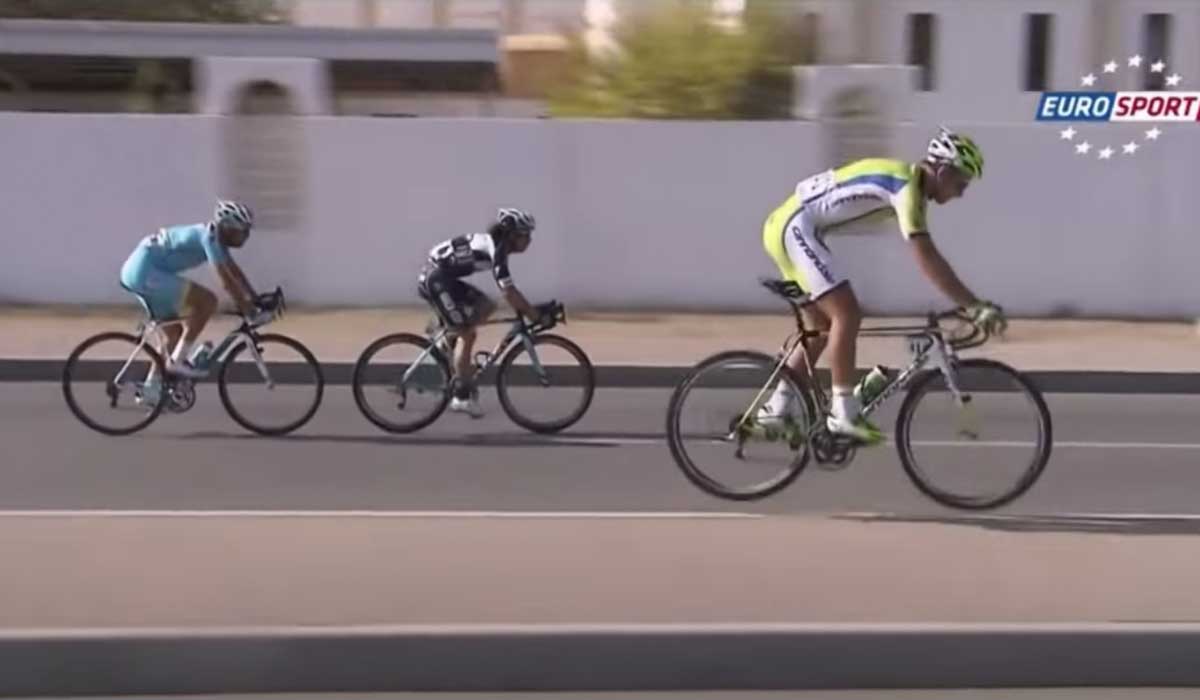
The humble bunny hop is an advanced skill that is particularly useful for off-road riding and commuting, but you’ll also see it used by road riders racing along at high speed. When there is no alternative route around an obstacle, being able to hop on to a curb or over a pothole will get you out of immediate danger.
To start, practise this skill on a quiet road or in a park. Put your hands in the middle of the bars or on the hoods and stand on the pedals with your bottom slightly off the saddle for optimal weight distribution. Get up to a casual speed then freewheel with your pedals level. Crouch by bending your knees and elbows and then spring upwards with your feet and hands. Keep your weight over the bottom bracket so that you don’t end up on your face. Stay away from obstacles until you’re confident you won’t come a cropper where it matters.
Track stand
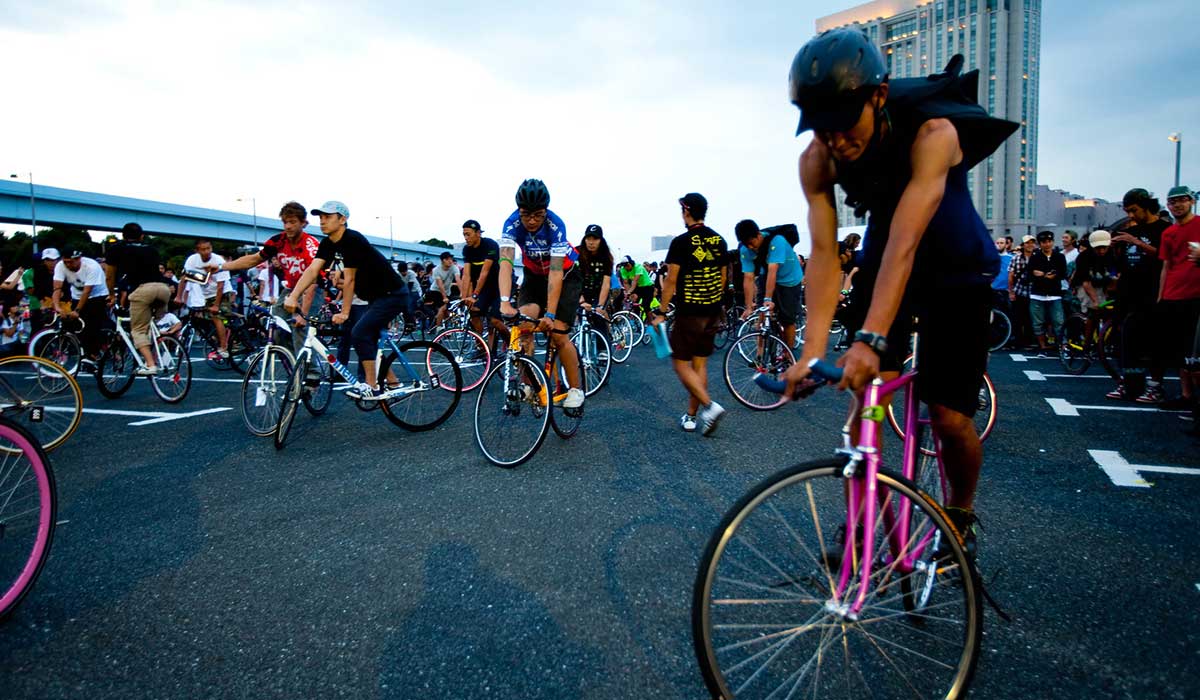
A track stand is a skill you will see used mainly by commuters. It’s a way of slowing down to a stop and staying put without putting your foot down, meaning you can quickly power away from junctions and lights.
Practise first on grass and on a slight incline. Ride up the slope slowly and stand out of the saddle making sure to keep your weight over the bottom bracket again. In the interest of balance, it’s crucial that you keep your eyes forward and don’t be tempted to look down at your front wheel. With your legs level and slightly bent, turn your front wheel into the slope. Try to stay loose and avoid gripping the bars for dear life. You’ll need to intermittently apply light pressure on your pedals, which will cause you to roll back and forward slightly – you’ll find instinct kicks in. Over time your confidence will grow, and the technique will become easier and involve less movement. Track stands are not just useful, but they also look seriously cool.
Hand signals
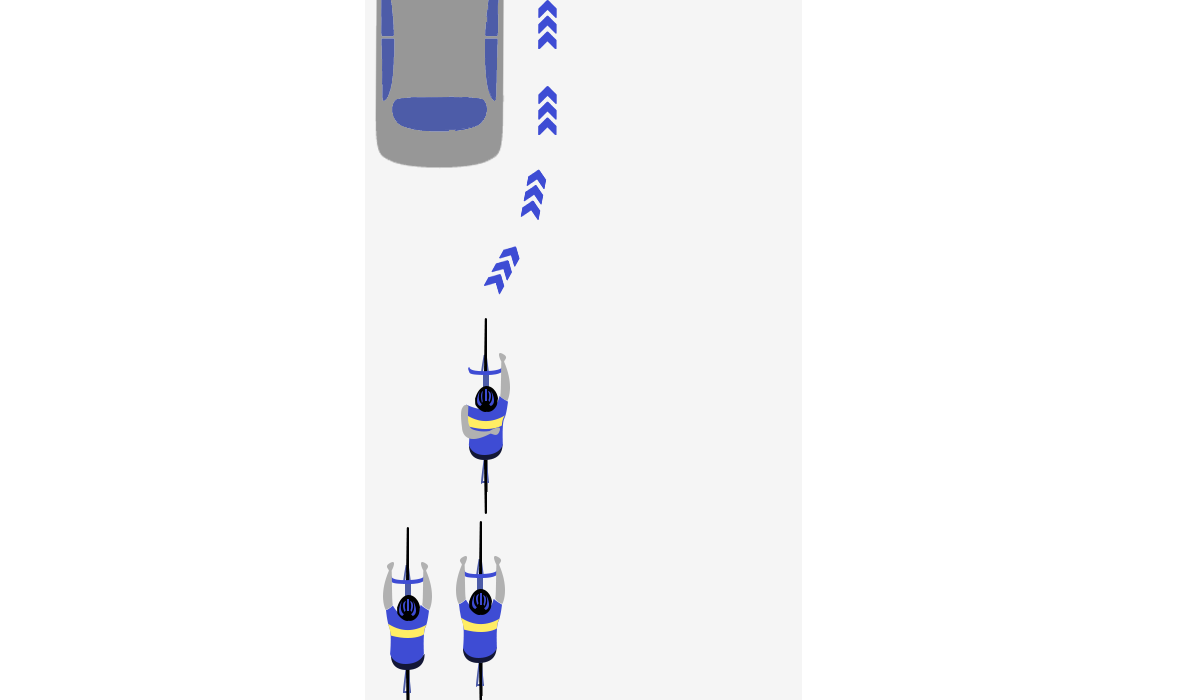
Knowing your hand signals is crucial when riding in a bunch. We all know how to tell other riders which way we’re turning, but did you know a shaking hand towards the ground means loose surface? Or a hand laid across your back alerts those behind you that there’s an obstacle or parked car, instructing the pack to move out into the road? Fear not, you can pick up the etiquette very quickly just by regularly riding with a group or club.
We've got a dedicated guide covering how to cycle safely in a group.
Sprinting
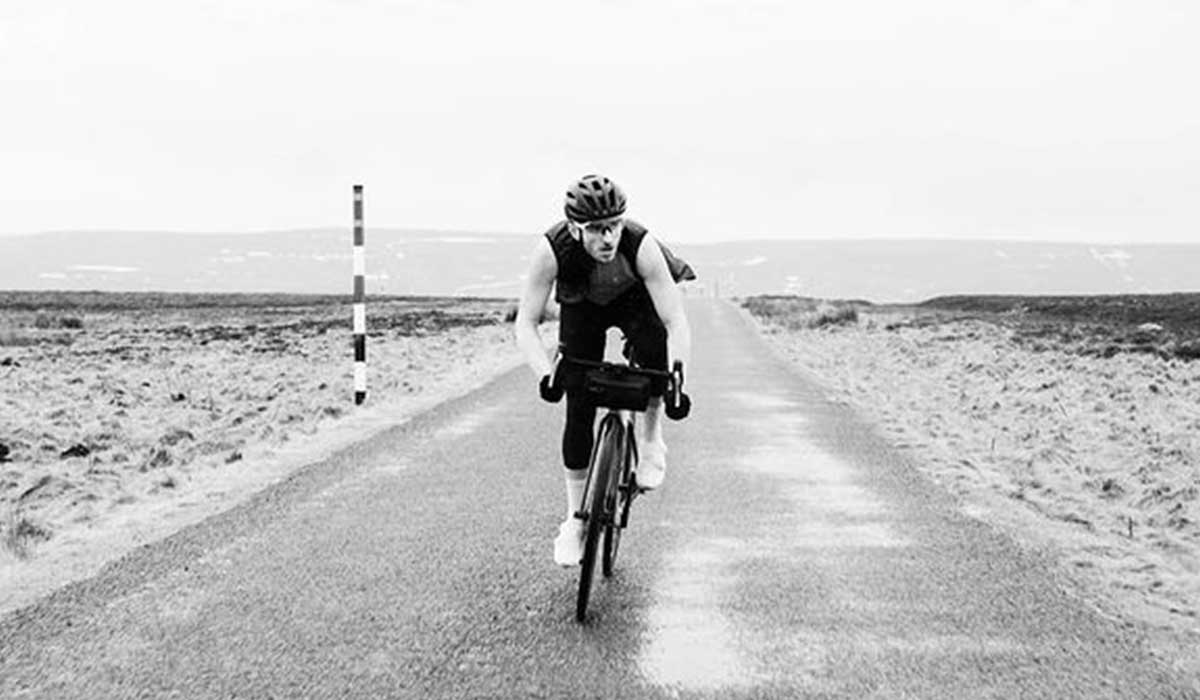
Sprinting out of the saddle and developing your fast twitch muscles at higher resistance levels can make you a much faster and more capable rider. There are lots of ways you can work on this on your rides:
Shift into a high gear and slow almost to a complete stop. Once you’re nearly in a track stand, accelerate out of the saddle for 15 seconds until that gear is maxed out. Take a breather for five minutes and repeat the process up to eight times.
To get faster from an already high speed you can use descents as a launchpad, sprinting out of the bottom for 15 seconds while shifting through the gears to increase cadence and leg speed.
Add a competitive edge and spice things up by sprinting for the town signs. This step will be even more affective with friends or training partners – nothing is better than racing when it comes to lifting your pace.
Coping with contact
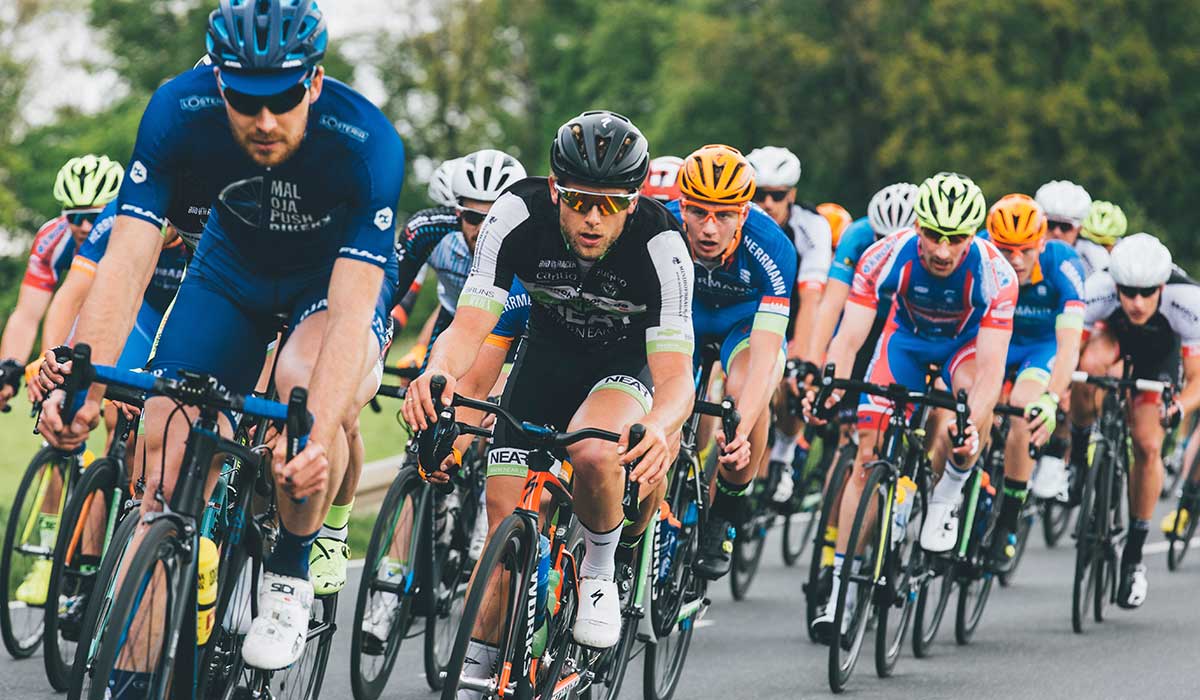
The bumping of elbows and shoulders is something that may happen if you’re in a big group on narrow roads, and during a race or sportive. The most important thing here is to stay confident and try not to panic. Keep your elbows and shoulders loose and if someone is coming close to you, slowly move your upper body towards them to let them know you are there and not budging. Crucially, do not lean into them or move your head towards theirs – you want to keep control of your centre of gravity. Practise this skill at slow speeds with a trusted ride mate.
Descending in a group
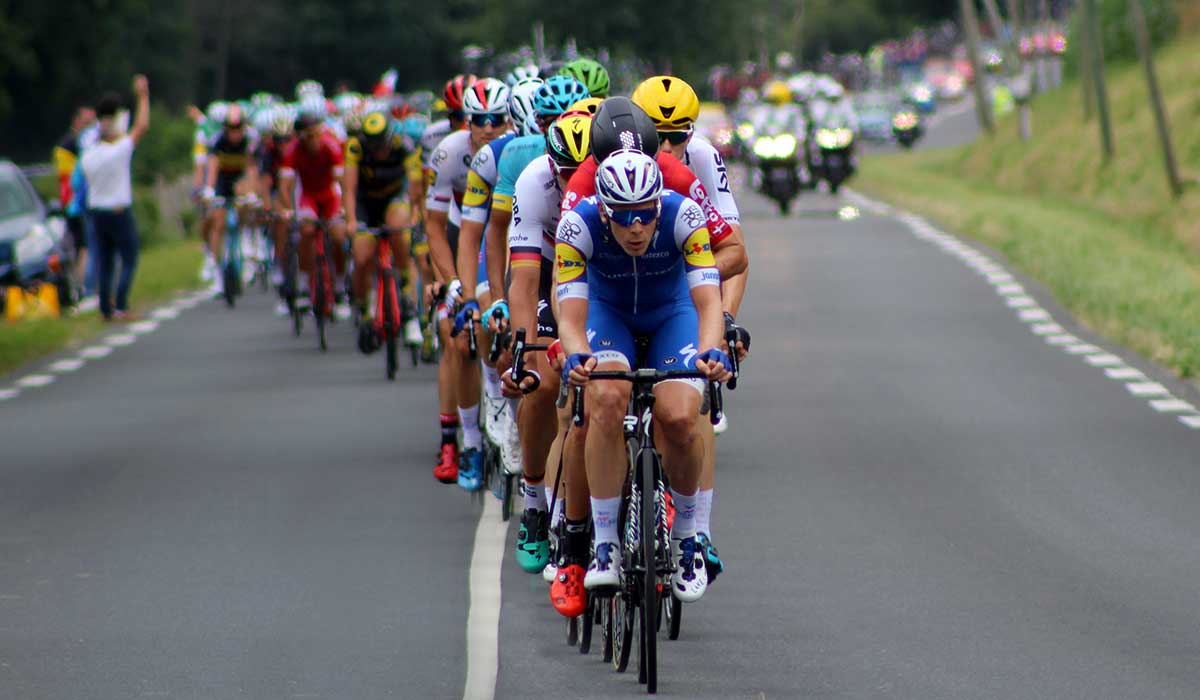
If you are not confident at descending with a group, you’ll end up wasting a lot of energy chasing back on to the wheels. The cornering techniques we covered in our last skills article will come in handy here, and remember to keep looking ahead with a pull on the brakes before you get to the corner and not actually on it. Ride with a confident friend and follow their wheel down descents, gradually getting closer to them. Trust is key here so don’t overthink the process or start worrying about every possible outcome. This skill does take time and patience but once mastered it’ll be one of the most valuable in your toolkit.
Riding on rollers

Riding on a pair of rollers is an advanced skill because it takes time to get used to and for the technique to be perfected. When you first attempt it, you should make sure you’re next to a stabilising object like a table or wall. Place your bike on the rollers before slowly getting on and clipping your leading foot in. Then hold the table or lean against the wall as you clip your other foot in. Start turning the pedals and once comfortable, put both your hands on the bars.
Riding on rollers is a bit like riding on a track – the key is sustaining speed and you can forget about your brakes entirely. The faster you go, the more stable you’ll be so try and banish any preconceived concerns you may have. To come to a stop, don’t pull on the levers but instead slowly coast down to a manageable speed and dismount.
Mastering these skills will make you a more confident rider and proper protection will boost that even more. Pedalsure's cycling insurance can insure all of your bikes and accessories, even covering them away from your home.

